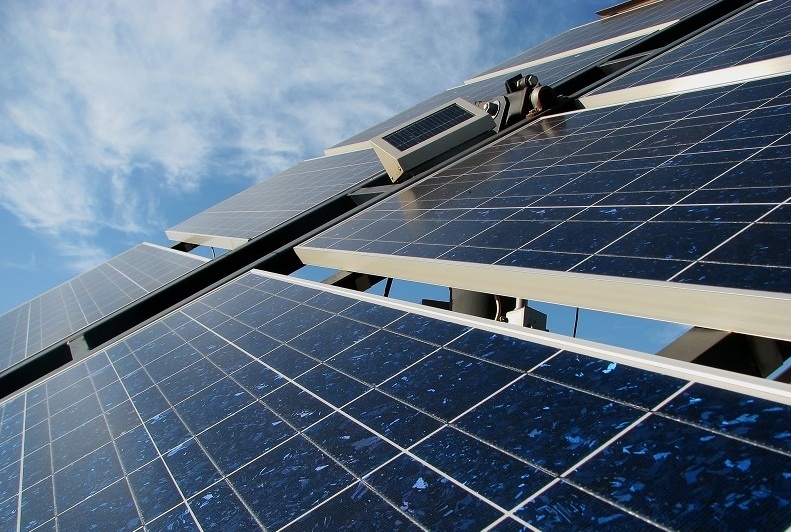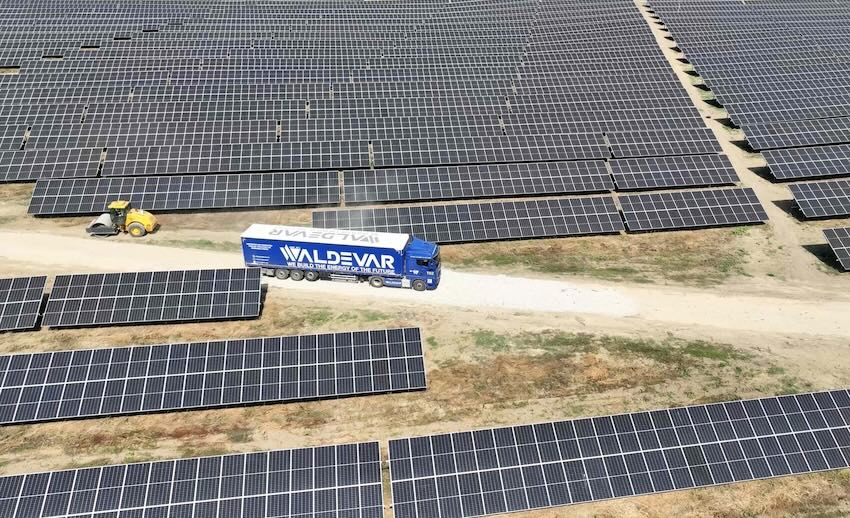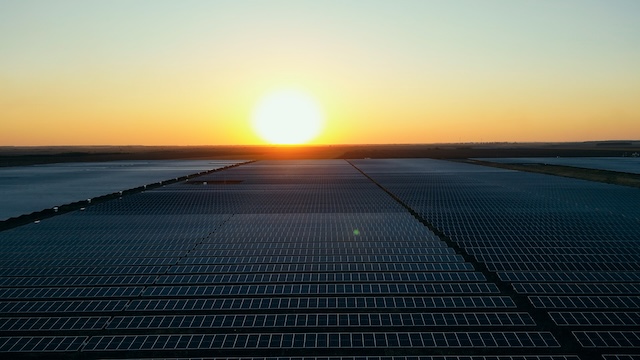ANRE's calculation method sets the feed-in tariff between 180 and 200 euro/MW

The feed-in tariff might range from 186 to 200 euro per MW according to the calculation method proposed by ANRE (the National Energy Regulatory Authority) and approved by the European Commission.
Probably the most imperative issue the photovoltaic sector in Romania waits to be clarified, the feed-in tariff was broadly discussed within Romanian Solar Summit 2013, the major event in this field organized by GOVNET Conferences with RPIA’s – Romanian Photovoltaic Industry Association – support.
ANRE’s decision on the introduction of this fixed tariff as an alternative to the current support scheme for the renewable energy sector (which now includes green certificates) could eventually come after repeated postponements.
According to Zoltan Nagy, ANRE’s Board member, the long-awaited decision might be announced after the following board meeting however, he hopefully expects to set the regulations by the end of this month. Although its amount is being under discussions at this point Nagy offered a more accurate idea on how much the PV developers could get once it comes into force.
As the amount of the feed-in tariff will be equivalent to those of three green certificates added to the price of energy, a simple calculation the ANRE’s representative made based on the current trading price of green certificates results about EUR186 per MW. Yet, it might increase and possibly reach EUR200 or more: ‘We will see whether the amount of 186 euro/MW is enough or we have to go up to 200 euro/MW, but we also need to consider how sustainable this scheme would be. The energy suppliers will then see what is more advantageous from them – the feed-in tariff or to purchase electricity and green certificates available on the market’, Nagy explained.
A more viable and operational alternative to the green certificates issued by Transelectrica (the national power grid company), the feed-in tariff applies to the renewable energy producers that build projects with an installed capacity of maximum 1MW or 2MW for cogeneration plants in Romania. This, unlike the green certificates that have a variable price, depending on the trading market is a fixed amount, a stable financial support for the small players in the industry.
The feed-in tariff is widely considered essential to the further expansion of the PV market, where the small projects, mostly developed on roofs depend on this financial support. In any case, even if the feed-in tariff is going to be established this year, it will effectively apply no earlier than March-April 2014 after the EU Commission approves it.






